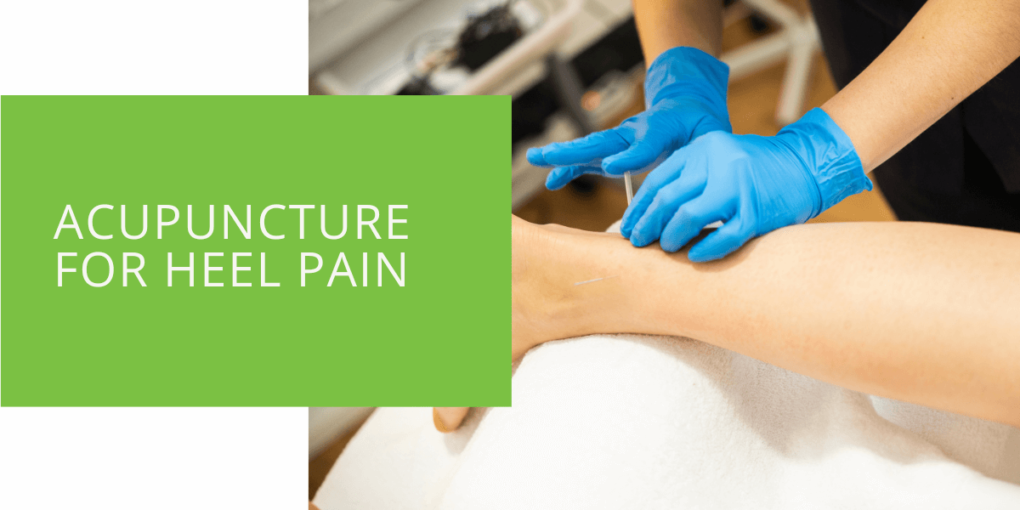Acupuncture for Heel Pain
Are you suffering from heel pain and looking for an alternative treatment option? Acupuncture may be worth considering. Acupuncture is a form of traditional Chinese medicine that involves the insertion of fine needles into specific points on the body to restore balance to the flow of qi or vital energy. It has been used to treat many health conditions, including chronic pain, and may be effective for relieving heel pain and other forms of chronic pain.
In this article, we will explore the use of acupuncture for heel pain, including how it works, the potential benefits, and the safety and effectiveness of this treatment. We will also provide case studies of individuals who have successfully used acupuncture to treat their heel pain and discuss scientific research on the effectiveness of acupuncture for this condition.
Introduction to Acupuncture
Acupuncture is a form of traditional Chinese medicine that has been practiced for over 2,000 years. It involves the insertion of fine needles into specific points on the body, known as acupuncture points or acupoints. These points are located along pathways called meridians, which are believed to be channeled through which the body's vital energy, or qi, flows. The goal of acupuncture is to restore balance to the flow of qi, which is thought to be disrupted by various factors such as stress, illness, or injury.
Acupuncture has been used to treat various health conditions, including chronic pain, headaches, digestive disorders, and stress-related conditions. It is generally considered to be a safe and effective form of treatment with few side effects.
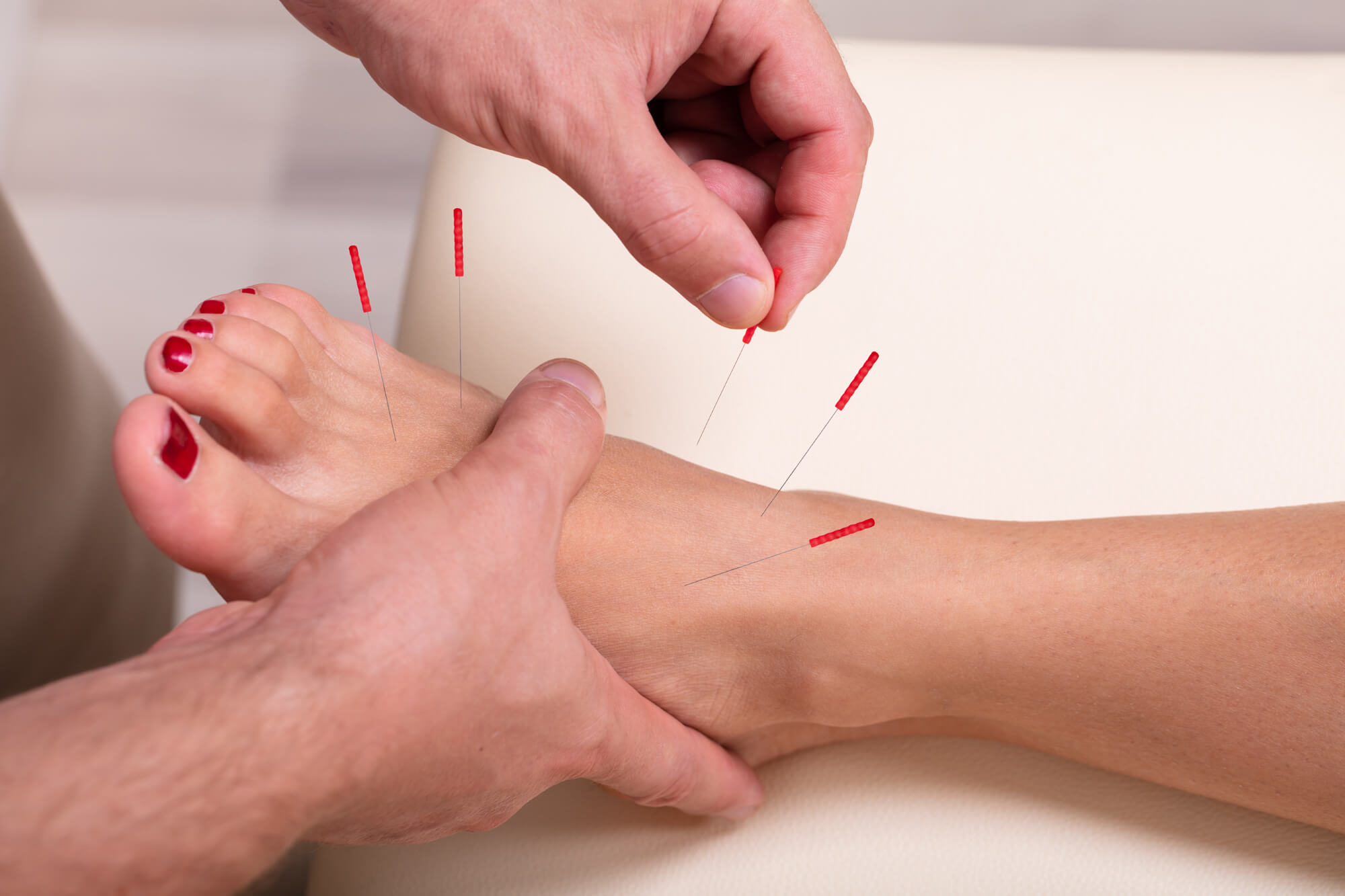
Acupuncture for Heel Pain
Heel pain is a common condition that can be caused by various factors, such as plantar fasciitis, achilles tendonitis, or stress fractures. Plantar fasciitis is a condition in which the plantar fascia, a band of tissue that runs along the bottom of the foot from the heel to the toes, becomes inflamed. This can cause pain and discomfort when walking or standing for long periods.
Acupuncture may be an effective treatment option for heel pain, including plantar fasciitis. It can help to reduce inflammation, improve circulation, and relieve pain. Acupuncture may also be used in conjunction with other treatment methods, such as stretching or physical therapy, to enhance the overall effectiveness of treatment.
Several acupuncture points commonly treat heel pain, including the foot three yin intersection, the spleen six, and the bladder 60. The foot three yin intersection is located on the inner ankle and is believed to be effective for relieving pain and inflammation in the foot and ankle. The spleen six point is located on the inner ankle and is believed to help improve circulation and reduce swelling. The bladder 60 point is located on the outer ankle and is believed to help with pain and stiffness in the lower leg and foot.
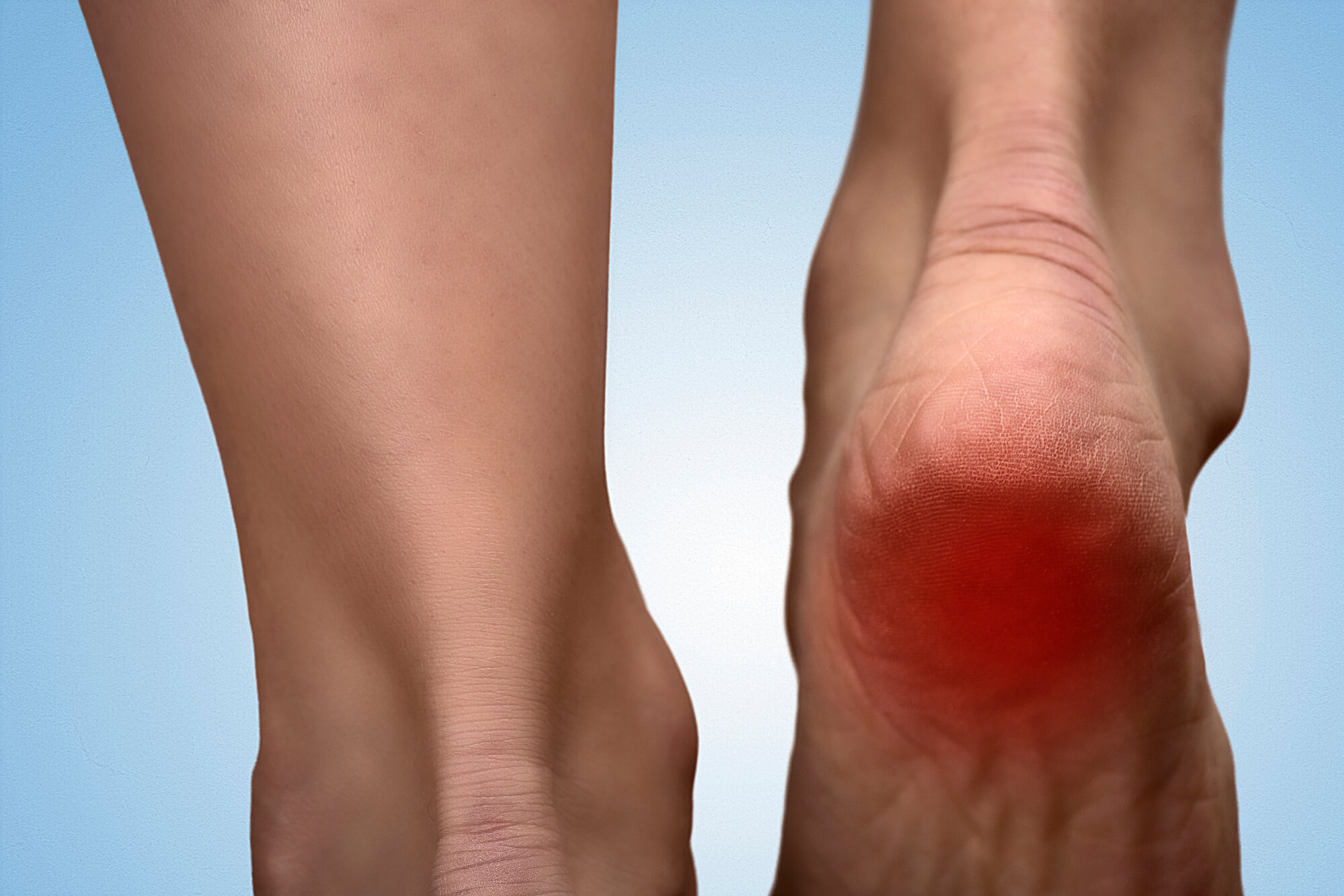
Case Studies
Several individuals have successfully used acupuncture to treat their heel pain. One such case is that of Mary, a 45-year-old woman who had been experiencing heel pain for several months due to plantar fasciitis. She had tried various treatment methods, including stretching and physical therapy, but had not found relief. She decided to try acupuncture as a last resort and was amazed by the results. After just a few treatments, she noticed a significant improvement in her pain and could walk without discomfort.
Another individual who had success with acupuncture for heel pain is John, a 50-year-old man who had been suffering from achilles tendonitis for over a year. He had seen a podiatrist and had received treatment, but his pain persisted. He decided to try acupuncture and was pleasantly surprised by the results. After just a few treatments, he noticed a significant reduction in his pain and was able to resume his normal activities.
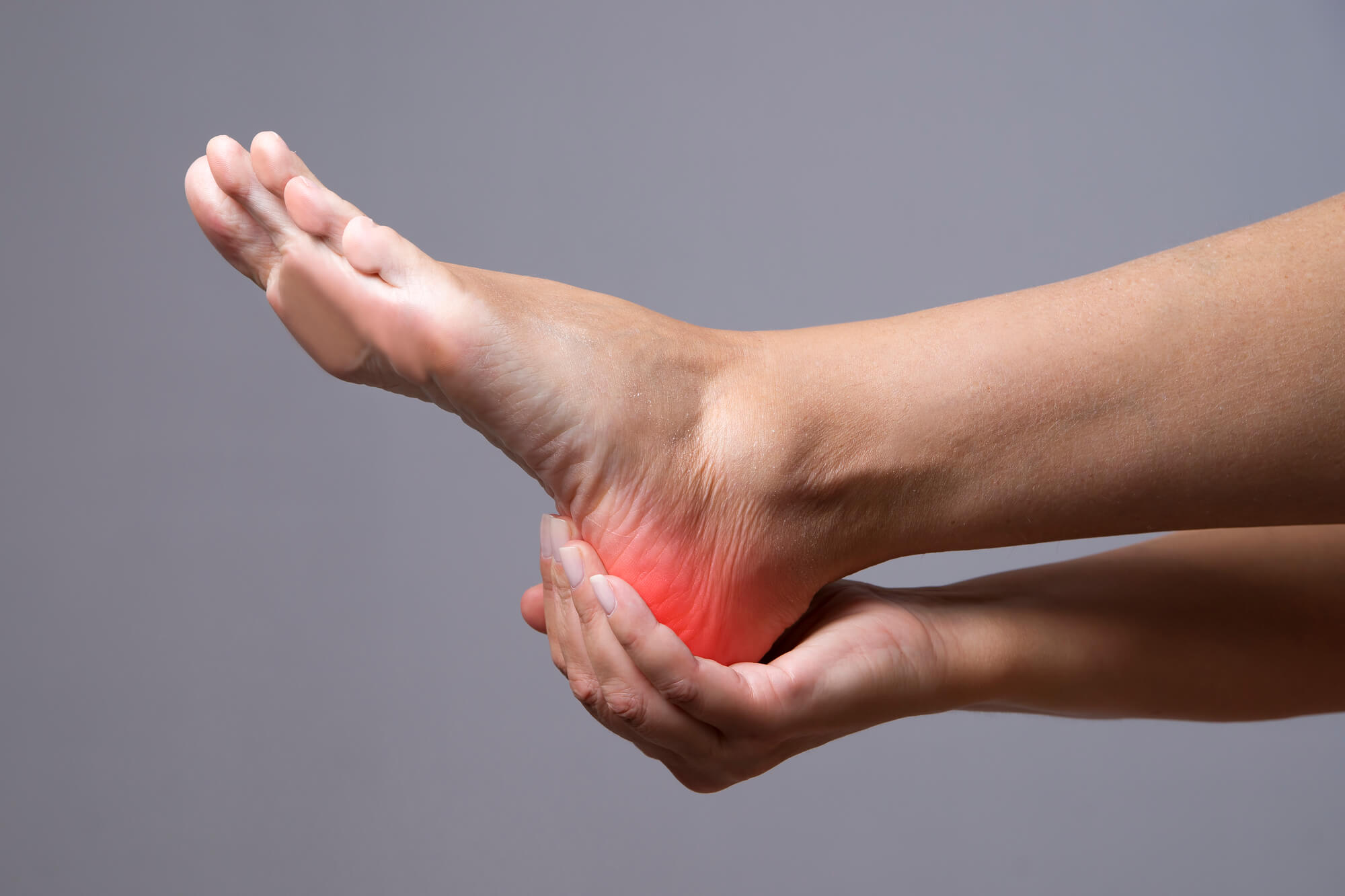
Safety and Effectiveness of Acupuncture for Heel Pain
Acupuncture is generally considered a safe treatment option with few side effects. The most common side effect is mild discomfort at the acupuncture site, which resolves quickly. Serious side effects are rare but may include infection or injury to internal organs if the needles are not properly sterilized or inserted incorrectly.
Evidence suggests that acupuncture may effectively relieve heel pain and other forms of chronic pain. A systematic review of acupuncture for plantar fasciitis, published in the Journal of Orthopaedic & Sports Physical Therapy, found that acupuncture was more effective than placebo or no treatment in reducing pain and improving function in individuals with plantar fasciitis. Another study published in the Journal of Alternative and Complementary Medicine found that acupuncture combined with physical therapy was more effective than physical therapy alone in improving pain and function in individuals with plantar fasciitis.
While the mechanisms by which acupuncture works are not fully understood, it is thought that acupuncture may help to reduce pain and inflammation by releasing endorphins, the body's natural pain-relieving chemicals, and by regulating the activity of certain neurotransmitters involved in pain perception. Acupuncture may also help to improve circulation, which can help to reduce swelling and inflammation in the foot and ankle.
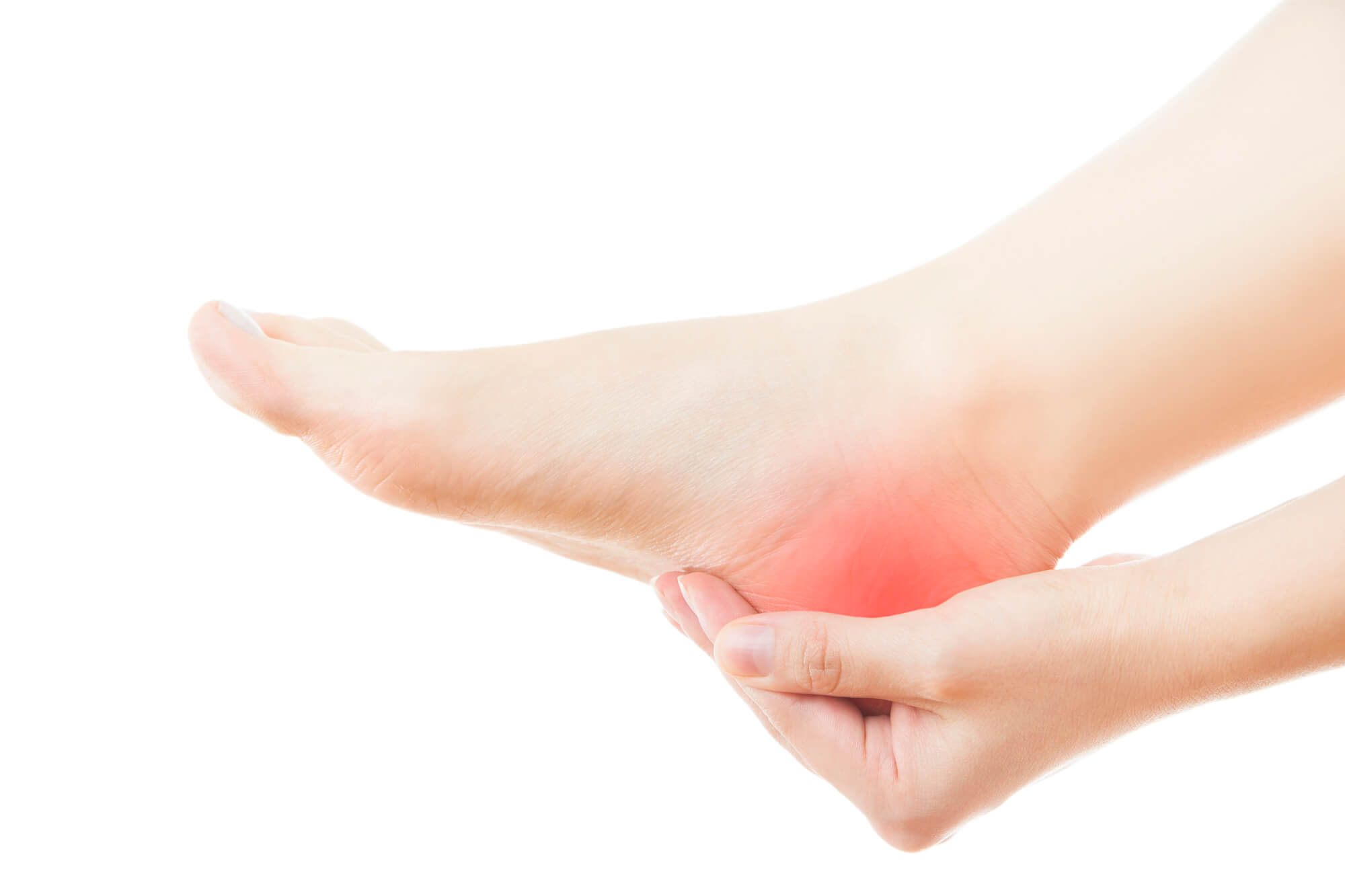
Conclusion
Acupuncture may be an effective treatment option for heel pain, including plantar fasciitis. It can help to reduce inflammation, improve circulation, and relieve pain. Acupuncture may be used in conjunction with other treatment methods, such as stretching or physical therapy, to enhance the overall effectiveness of treatment. While the mechanisms by which acupuncture works are not fully understood, it is thought to be safe and effective, with few side effects. If you are considering acupuncture for heel pain, it is recommended to consult with a licensed acupuncturist to determine if it is appropriate for your specific case.
FAQ
What is acupuncture and how does it work?
Acupuncture is a form of traditional Chinese medicine that involves the insertion of fine needles into specific points on the body, known as acupuncture points or acupoints. These points are located along pathways called meridians, which are believed to be channelled through which the body's vital energy, or qi, flows. The goal of acupuncture is to restore balance to the flow of qi, which is thought to be disrupted by various factors such as stress, illness, or injury. The mechanisms by which acupuncture works are not fully understood. Still, it is thought to help reduce pain and inflammation by releasing endorphins, the body's natural pain-relieving chemicals, and regulating certain neurotransmitters' activity in pain perception. Acupuncture may also help to improve circulation, which can help to reduce swelling and inflammation in the foot and ankle.
Is acupuncture safe?
Acupuncture is generally considered to be a safe treatment option with few side effects. The most common side effect is mild discomfort at the acupuncture site, which resolves quickly. Serious side effects are rare but may include infection or injury to internal organs if the needles are not properly sterilized or inserted incorrectly.
Is acupuncture a good treatment option for plantar fasciitis?
Acupuncture may be an effective treatment option for plantar fasciitis, a condition in which the plantar fascia, a band of tissue that runs along the bottom of the foot from the heel to the toes, becomes inflamed. Acupuncture can help to reduce inflammation, improve circulation, and relieve pain. It may be used in conjunction with other treatment methods, such as stretching or physical therapy, to enhance the overall effectiveness of treatment. It is recommended to consult with a licensed acupuncturist to determine if acupuncture is appropriate for your specific case of plantar fasciitis.
Is acupuncture better than other treatment options for plantar fasciitis?
It is difficult to say definitively whether acupuncture is better than other treatment options for plantar fasciitis, as this will depend on the individual case. Some studies have found that acupuncture is more effective than placebo or no treatment, while other studies have found that acupuncture combined with physical therapy is more effective than physical therapy alone. It is important to discuss all treatment options with a healthcare provider, such as a podiatrist, to determine the best course of action for your specific case.
How do I find a qualified acupuncturist?
It is important to seek treatment from a qualified and licensed acupuncturist. In the United States, acupuncturists are licensed by the states where they practice and must pass a national certification exam to obtain a license. You can search for a licensed acupuncturist in your area by contacting your state's licensing board or checking the National Certification Commission for Acupuncture and Oriental Medicine (NCCAOM) directory. It is also a good idea to ask for recommendations from your healthcare provider or to check with your insurance company to see if acupuncture is covered under your plan.
How many acupuncture treatments will I need?
The number of acupuncture treatments needed will depend on the individual case. Some people may experience relief after just a few treatments, while others may need more treatments to achieve the desired results. Discussing your treatment plan with your acupuncturist and communicating any changes in your symptoms or overall health is important.

